Frequently Asked Questions About Dog Harnesses
Can dogs hurt themselves by pulling on the leash?
Yes. When a dog pulls on a leash around its neck, excessive pressure is applied on the windpipe. This may cause permanent injury to the neck and windpipe. In time, this could develop into more complicated respiratory problems as the dog ages. Pulling on a leash also causes significant spinal stress. This can lead to problems with joint and hip support if left unchecked. Train your dog not to pull. Alternatively, you can let go of the leash or run after the dog.
How do you stop a dog from pulling?
Train it not to pull using a no pull dog harness. Alternatively, you can speed up to reduce the tug of the pull. Some dogs tend to pull because they simply want to walk faster. Try speeding up the next time you’re out with your pets and see what happens. Training them using a harness involves leashing them on the front. This means the dog will trip and fall anytime it pulls. They learn fairly quickly, not to pull anymore.
Will a dog harness stop the pulling?
Yes. The caveat here is how you decide to use the device; it can have very good results in combatting pulling. The two ways for using a harness for this are to use a harness that applies pressure on the dog’s chest when pulling. This creates a push back sensation that keeps your fur baby in check. The other is to leash on the front. The training takes significantly more time than the gentle force on the chest.
What is a no-pull harness?
 This is a contraption that is fitted over the torso of a pet and around the neck. It is designed to implement various measures that discourage pulling. The most common method to prevent pulling is the pressure all the harnesses apply on a pet’s chest. A no-pull harness also helps prevent neck and spinal injuries due to pulling.
This is a contraption that is fitted over the torso of a pet and around the neck. It is designed to implement various measures that discourage pulling. The most common method to prevent pulling is the pressure all the harnesses apply on a pet’s chest. A no-pull harness also helps prevent neck and spinal injuries due to pulling.
What is the best lead to stop a dog from pulling?
The best lead is one long enough to control and not too long that your dog trips over it. The point of a lead is to turn any dog that tries to pull around. Pulling is encouraged when the dog sees it causing you to move.
Can a harness stop a dog pulling?
Yes. This is achieved by causing a fall or the dog to turn around whenever it pulls.
Are front clip harnesses bad for dogs?
Front clip harnesses pose no danger to your dog. The only downside comes for smaller dogs that can fall over or get entangled in the leash from a front clip harness.
Is it better to walk a dog with a harness or a collar?
This is entirely dependent on the obedience training you have taken your dog through. A well-behaved dog will do fine in a collar without any pulling. Untrained dogs will do better in a harness which enforces some measure of control without needing training.
How do you train an older dog not to pull on a leash?
The saying ‘an old dog never learns new tricks’ is a myth. Dogs learn at all ages and can sufficiently be trained to perform many tasks. For example, a dog is trained by using the front clipping. After a few days and weeks of pulling and turning, the dog slowly stops pulling on the leash.
What is the best dog collar to stop pulling?
The best dog collar to stop pulling is one that fits just right, is comfortable and does not hurt your dog. The collar that checks all these boxes without encouraging pulling.
What is the best harness for a large dog that pulls?
 Larger breeds are often much stronger. Controlling a large canine is about establishing a boundary. This can only be achieved using strong enough harnesses with metallic leash rings and strong straps. Be careful to get padded support in the harness; strong pulling may cause the straps to cut into the skin.
Larger breeds are often much stronger. Controlling a large canine is about establishing a boundary. This can only be achieved using strong enough harnesses with metallic leash rings and strong straps. Be careful to get padded support in the harness; strong pulling may cause the straps to cut into the skin.
How do I stop my dog from pulling when we walk?
Walk your dog in a harness. A led leash is also just as effective in getting your dog to stop pulling.
Why does my dog always pull on the leash?
Pulling isn’t taught to any dog. However, when going for a walk, your dog is very excited. In this excitement, they pull on the leash. Of course, you step forward grudgingly. To the animal, the tug is what caused you to move instead of your own will. In time this behavior becomes internalized. This is part of the reason training is very important.
Conclusion
Using harnesses to control your pets is one of the guaranteed ways to slowly but surely reign them in. Despite their guaranteed success in the long run, it will require significant positive reinforcement to cement the lessons. A variety of factors will affect just how well your dog takes to the new lessons. Which encompasses the comfortability so as not to distract from the lesson. Get one your dog won’t easily slip out of, this way it doesn’t have a way around the mitigation methods to pulling. All in all, when choosing a leash for your dog, find what suits your needs best.
 All dog owners love nothing more than spending time with their pets. Besides playing in the yard of the house, part of that time is usually spent walking. The walk can be therapeutic for you, exciting for your canine and a great way to spend your time. This allows your pets to spend time with other canines and get much-needed exercise in an open environment. A portion of the experience of owning a dog is having a great time at the park or outdoors where you can both be at peace.
All dog owners love nothing more than spending time with their pets. Besides playing in the yard of the house, part of that time is usually spent walking. The walk can be therapeutic for you, exciting for your canine and a great way to spend your time. This allows your pets to spend time with other canines and get much-needed exercise in an open environment. A portion of the experience of owning a dog is having a great time at the park or outdoors where you can both be at peace.

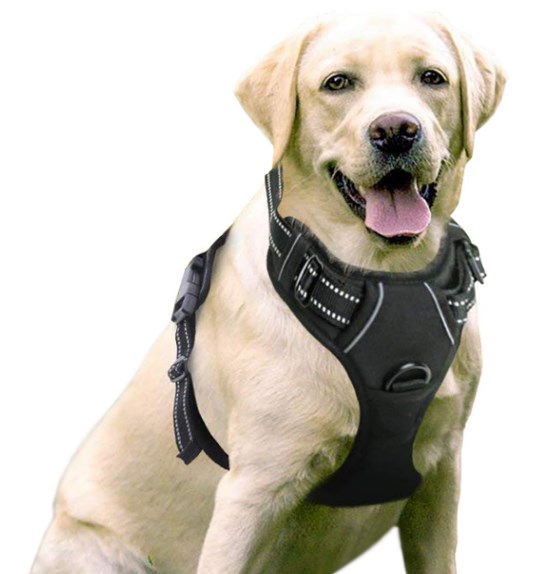
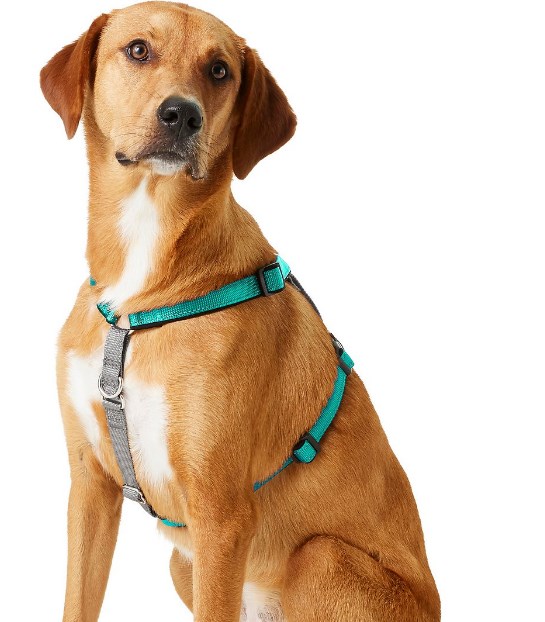
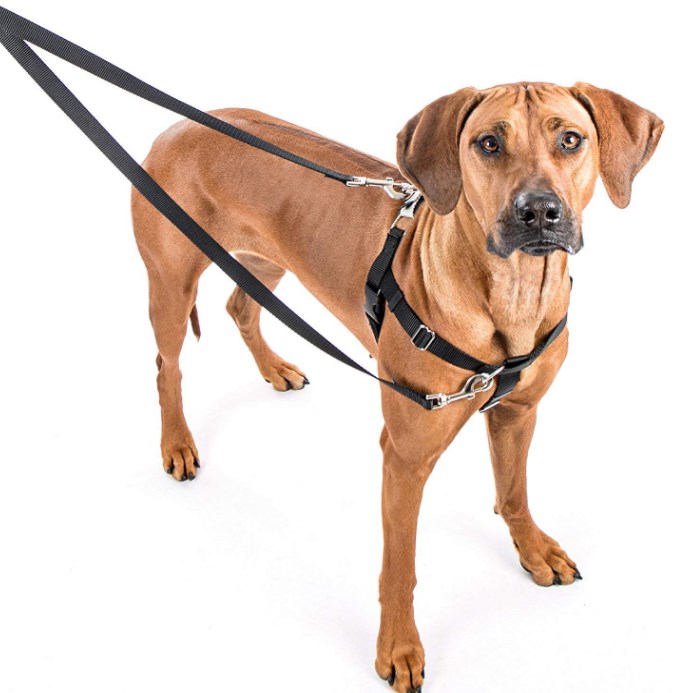
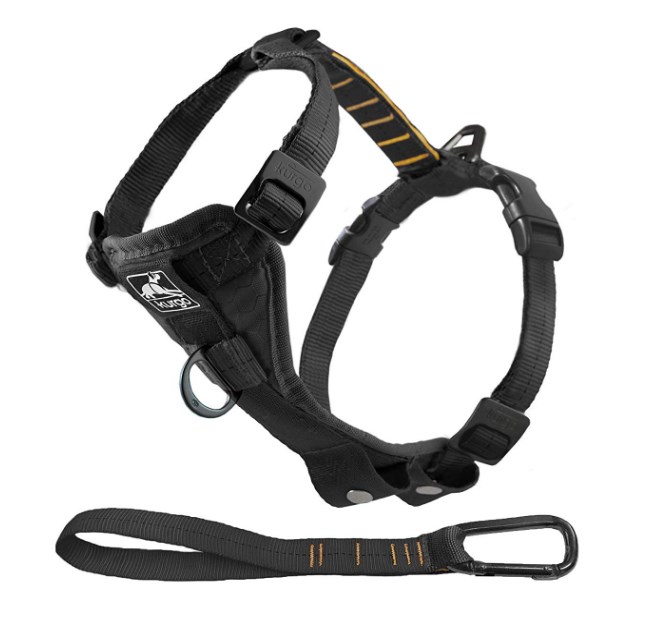
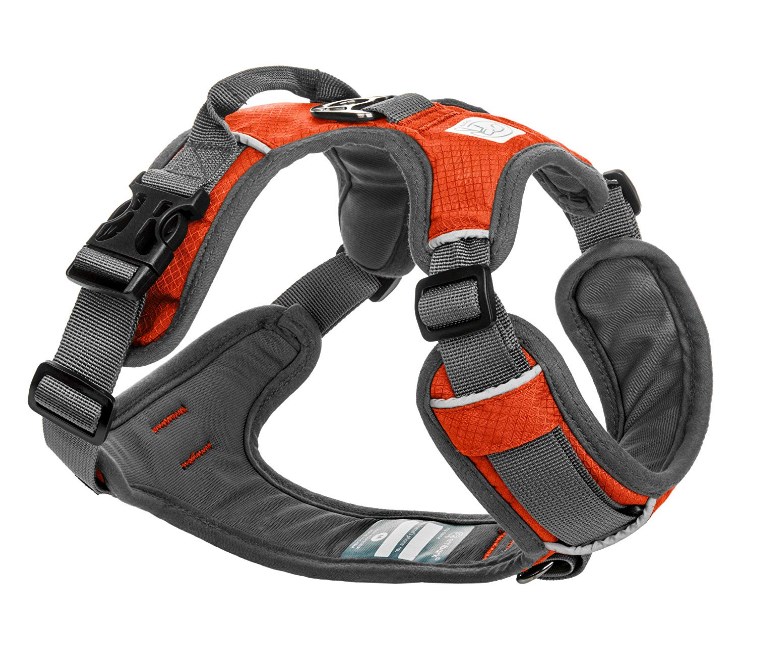
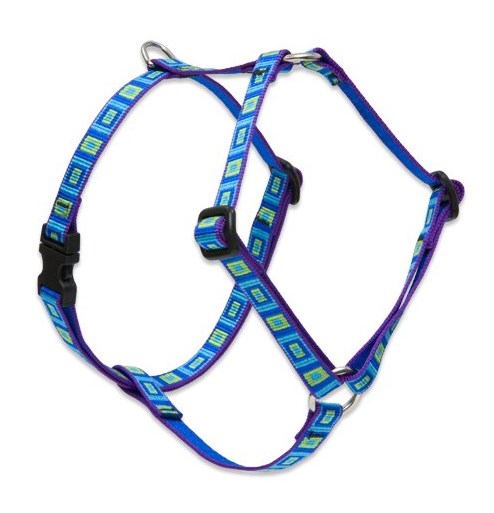
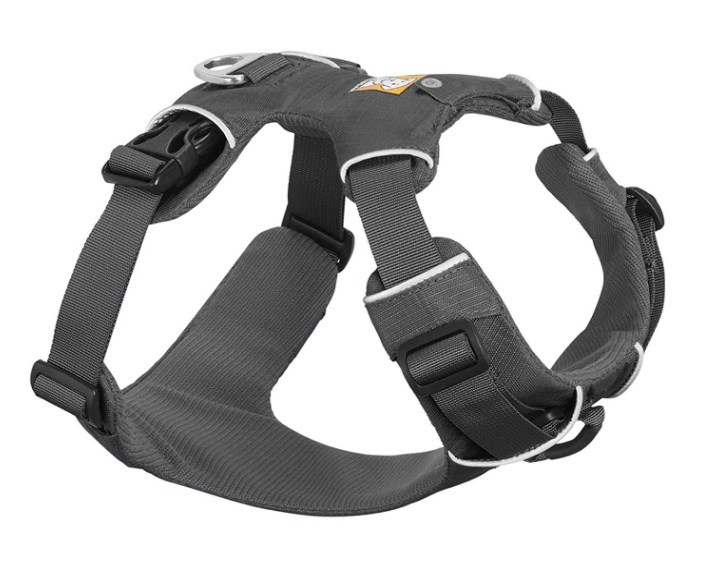

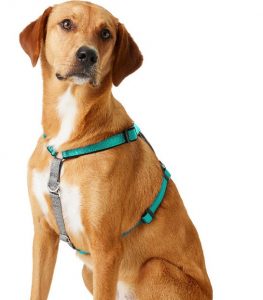
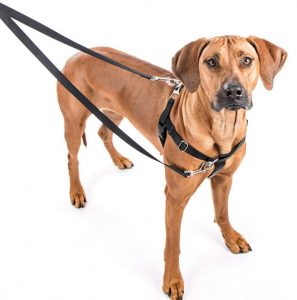
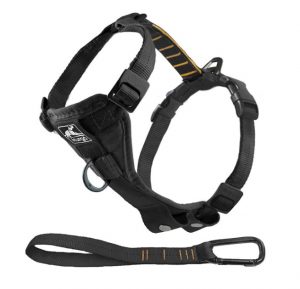
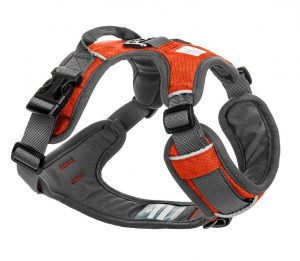
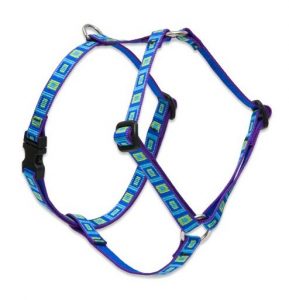
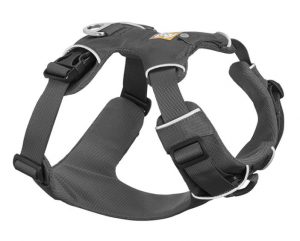
 This is a contraption that is fitted over the torso of a pet and around the neck. It is designed to implement various measures that discourage pulling. The most common method to prevent pulling is the pressure all the harnesses apply on a pet’s chest. A no-pull harness also helps prevent neck and spinal injuries due to pulling.
This is a contraption that is fitted over the torso of a pet and around the neck. It is designed to implement various measures that discourage pulling. The most common method to prevent pulling is the pressure all the harnesses apply on a pet’s chest. A no-pull harness also helps prevent neck and spinal injuries due to pulling. Larger breeds are often much stronger. Controlling a large canine is about establishing a boundary. This can only be achieved using strong enough harnesses with metallic leash rings and strong straps. Be careful to get padded support in the harness; strong pulling may cause the straps to cut into the skin.
Larger breeds are often much stronger. Controlling a large canine is about establishing a boundary. This can only be achieved using strong enough harnesses with metallic leash rings and strong straps. Be careful to get padded support in the harness; strong pulling may cause the straps to cut into the skin.